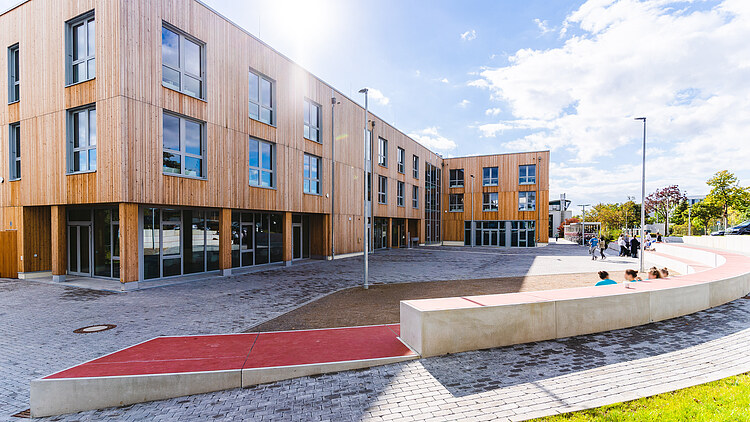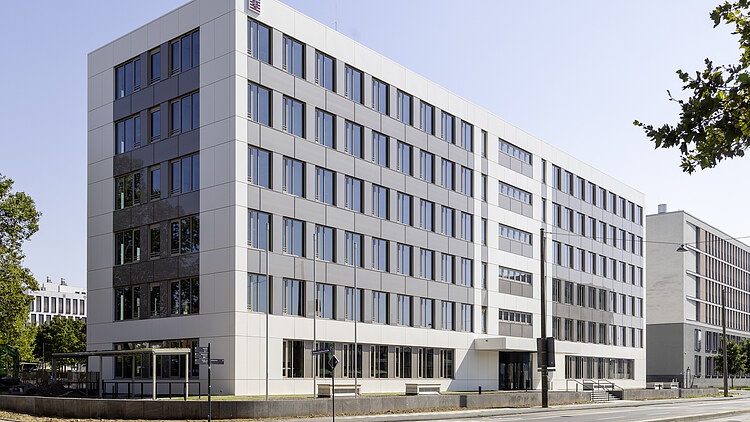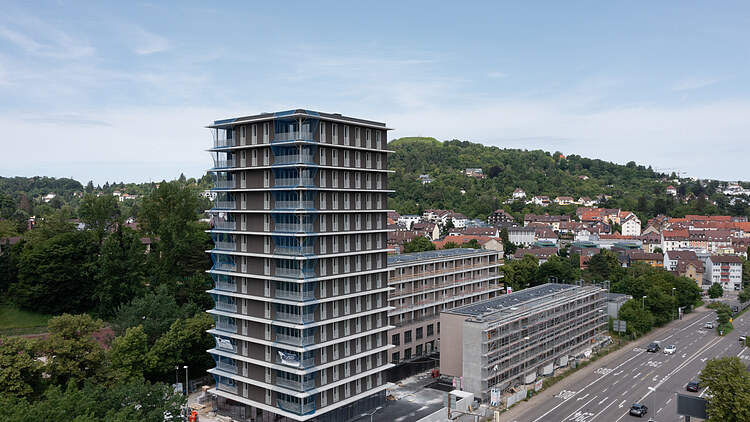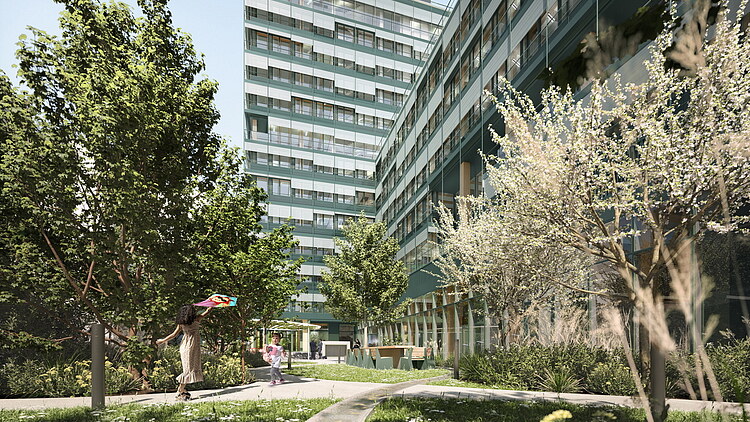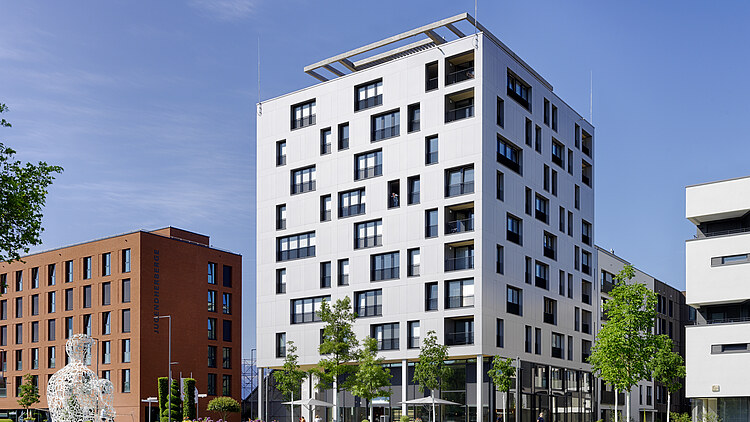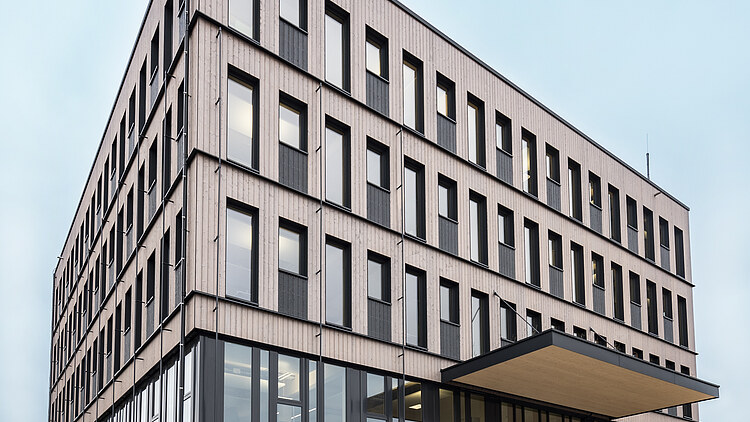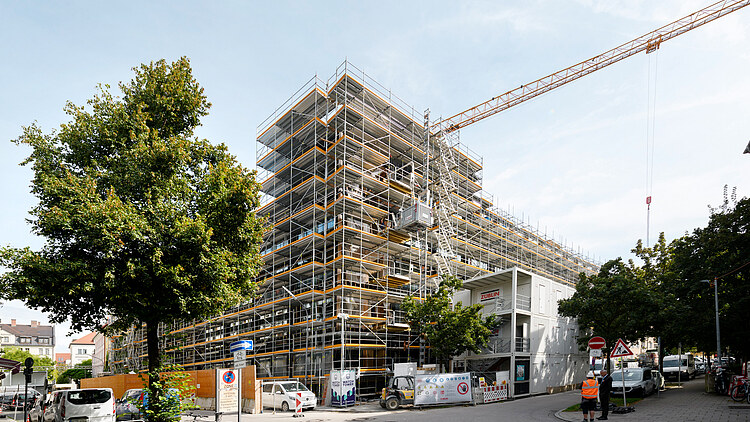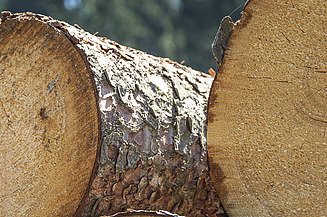
The construction industry must undergo real change - supported by all of us
Sustainability is crucial in the fight against climate change. As a renewable raw material, wood stores CO2 and offers an environmentally friendly alternative to fossil fuels. Its conscious use can make an important contribution to reducing emissions and set the course for a sustainable future.-
Our thinking
Sustainable awareness is our fundamental attitude, which we anchor in the early phase of project development. Ecological, social and economic interrelationships are taken into account during planning. In this way, we create a healthy basis and take responsibility right from the start.
In concrete terms:- We produce ourselves, are on site at the construction site and offer turnkey construction services on request. In this way, we cover the entire cycle and optimize at every point.
-
Our actions
Sustainable building means conserving natural resources and using environmentally friendly materials. Wood as a building material not only offers an excellent CO2 balance, but also promotes a healthy indoor climate. By using wood, we actively contribute to reducing the ecological footprint and promoting a sustainable future.
In concrete terms:- We make optimum use of wood-based materials and utilize synergies with other building materials.
- Wood chips are used to heat our production facilities.
- Cascade utilization: At present, residual materials from the production process are passed on for the manufacture of OSB boards and animal bedding production. Optimising the use of resources is a top priority for us.
- In addition, the special formwork elements of the Stuttgart 21 station project are finding a new life in the research project. "Stuttgart 210 - think ahead, build ahead!"
-
Our results
Our successes in sustainable construction are good, but we are not resting on our laurels. We are growing with the challenges and utilizing the potential of wood as a material. Driven by the vision of a future worth living, we are committed to advanced technologies in the construction sector and create spaces for generations.
In concrete terms:- On request, we offer the option of obtaining a "Basic ZÜBLIN Sustainable Construction Site Certificate".
- Our specially manufactured product LENO® cross laminated timber is rigorously tested (e.g. VOC emissions, formaldehyde, boron compounds).
- We are constantly developing our construction systems, e.g. LENO®-ADD, HBV, ribbed and box girders.
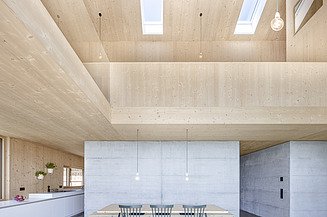
Advantages in planning
- We are 90% PEFC-certified, which means we meet sustainability certification requirements in terms of sustainable resource extraction.
- Our own product LENO® cross laminated timber has good evaluations with regard to indoor air quality (VOC emissions, formaldehyde - test report according to DIN 16516 with evaluation according to AgBB scheme and MVVTB). We achieve the highest possible rating points in the area of sustainability certification.
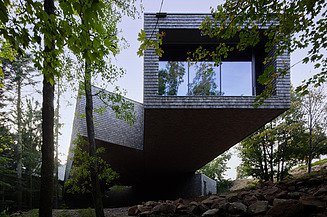
- Wood is flexible in terms of procurement. The procurement of sawn timber can be switched to completely regional procurement if required. Take the CARL high-rise project in Pforzheim, for example. Here, the company's own timber from the state forest was used.
- The presentation in the LCA (Life Cycle Assessment) is better with the use of wood than with other conservative construction methods. Even without Module D, wood saves CO2 over the entire material life cycle and also has lower CO2 emissions during processing and production.
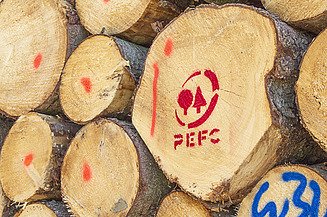
PEFC
PEFC is a transparent and independent system that guarantees the sustainable management of forests. PEFC certification therefore acts as a kind of global "forest MOT". Products made of wood and paper that bear the PEFC seal originate from ecologically, economically and socially responsible forest management.
ZÜBLIN Timber mainly uses wood from PEFC-certified forests and attaches great importance to energy-saving manufacturing processes. Download
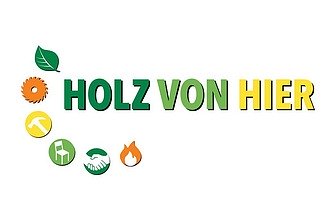
Wood from here - we are partners
Building with wood is considered climate-friendly. However, whether the carbon footprint is actually positive depends on the origin of the raw material.
HOLZ VON HIER® is the only Europe-wide environmental label that records and evaluates the actual transportation - and the associated impact on the environment. Depending on the product type, a maximum limit of kilometers is set. In addition, the raw material must come from certified sustainable forestry.
With the HOLZ VON HIER® certificate, ZÜBLIN Timber now also offers its customers the opportunity to take regionality into account as a reliable assessment criterion when choosing a product.
LENO® cross laminated timber with raw materials from the region
HOLZ VON HIER certifies individual products, not the company. The origin of the certified products is verified with an individual certificate and ID number. ZÜBLIN Timber offers LENO® cross laminated timber with the HOLZ VON HIER® certificate. Download certificate
We use transparent instruments
Making building quality measurable is more important than ever because it enables future-oriented construction. DGNB and BNB have a common origin and support a resource-conserving construction process. LEED has a high level of acceptance on the international real estate markets. In addition, we have already gained initial experience in the area of EU taxonomy conformity for buildings, which we incorporate into our projects.
-
DGNB
The DGNB (German Sustainable Building Council) is an independent non-profit association that was founded in 2007 and has developed into Europe's largest network for sustainable building. Diamond, platinum, gold, silver and bronze are awarded for the degree to which a certified project fulfills the requirements and rates the property. More about certification.
-
BNB
The BNB (Assessment System for Sustainable Building) is an instrument for planning and assessing sustainable and generally public construction projects. The BNB provides measurable and verifiable criteria for the assessment of construction projects, which are divided into six main criteria groups. Gold, silver and bronze assess the degree of fulfillment. More about certification.
-
LEED
The LEED (Leadership in Energy and Environmental Design) certification process developed by the US Green Building Council (USGBC) is the most widely used process in the world with a high level of acceptance among users and the international real estate markets. The evaluation of one or more properties is based on 8 subject areas. Depending on the points awarded, a project can achieve one of four LEED rating levels: Certified, Silver, Gold or Platinum. More about certification (German side).
-
EU taxonomy
The EU taxonomy aims to promote the reduction of environmentally harmful greenhouse gas emissions. In order to achieve a significant reduction in CO2 emissions, a climate-friendly restructuring of all economic sectors is required.
- EU taxonomy requires a 70% recycling rate for waste generated on the construction site. Some waste disposal companies offer the corresponding options for recycling wood waste, e.g. by passing it on to OSB board production.
- LENO® cross laminated timber fulfills the required formaldehyde and VOC values and also the exclusion of certain pollutants according to the required DIN 16516 of the EU taxonomy. Concerns the DNSH (Do No Significant Harm) environmental pollution requirement.

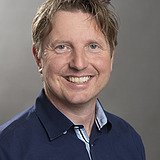
Taking the right steps together.
And that across the entire cycle in the construction sector!

